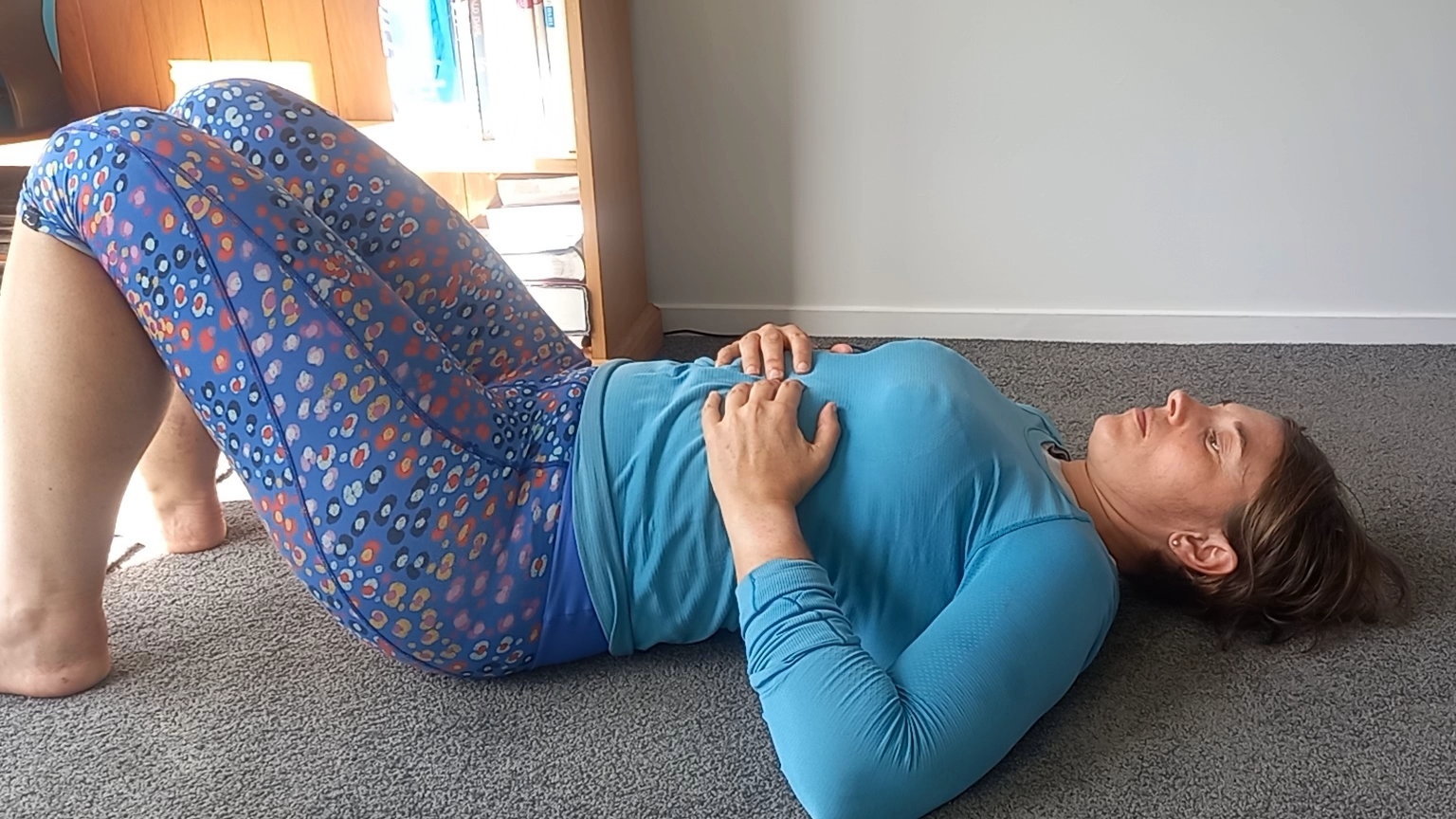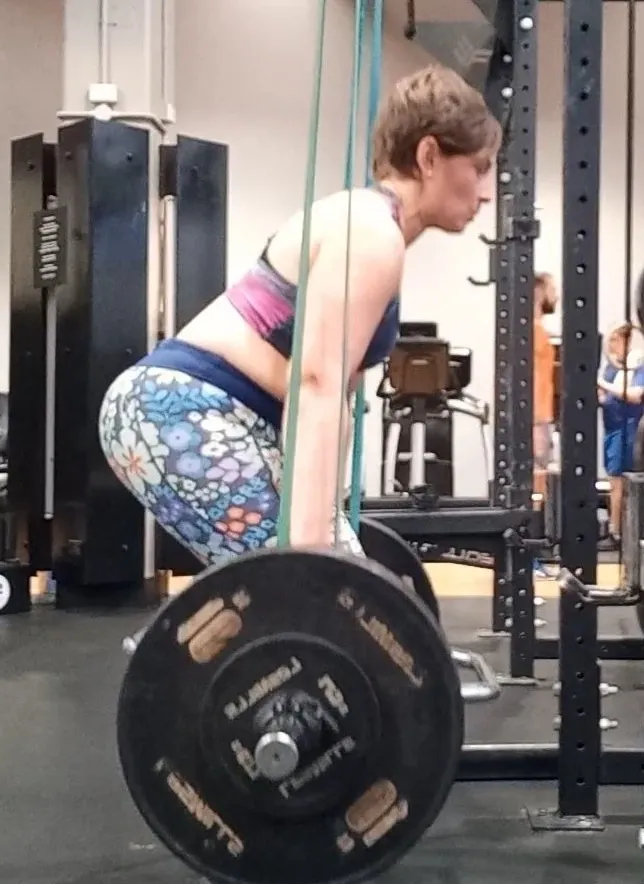Breathing we do this everyday without thinking, it’s an autonomic nervous system (body funs that happen automatically) function.
Have you considered or checked how you’re breathing and are you breathing effectively?
Do you know what your breathing should feel like?
Have you checked in or assessed your own breathing lately?
Our breathing has an impact on our thoughts, feelings, emotions, sleep and stress
Pushing and rushing all of the time has an impact on our breathing.
Slow calm breathing is the only way we can influence or have any impact on our parasympathetic nervous system (PNS – “Rest and Digest”). You can’t think to initiate the PNS.
Fast breathing results in your sympathetic nervous system (SNS – “fight and flight”). Obviously, there are times when we need to breathe quickly especially when you’re working at high intensity your heart is needing to beat significantly faster resulting in you breathing faster.
When you can you want to down regulate your breathing slowing it down as quickly as possible.
Breathing at rest
When Breathing at rest you should not hear both the inhale and exhale, it should be a smooth rhythmic movement in and out the nose. There shouldn’t be very much movement.
- Average normal breathing cycle at rest should see you getting between 8-12 breaths, broken down means an inhalation and exhalation is approximately 3-4sec long.
- You want to aim to do most of your breathing inhalation and exhalation through your nose this is a much more effective form of breathing. You’re able to get a deeper and wider breath, whereas through mouth the breath is short and sharp.
- When you nose breathe your breath will be deeper, creating slight resistance through the diaphragm which helps to automatically activate it.
- Your nose hairs help filter and warm the air, the filtering helps reduce the number of allergens getting into your body.
If you’re always mouth breathing, you’re not able to allow your diaphragm to fully activate and unable to get the benefit of the body’s natural filtration system. All the air is going to your upper chest, which can cause irritation in your throat by drying out these areas therefore causes dehydration.
When you breathe well you engage the correct muscles which helps your posture, allows you to control daily stressors, sleep, recovery and you’re going to be able to filter irritants from getting into your body.
“I recommend you check your breathing habits especially following changes like sickness or lots of extra stress.“
Start with becoming aware of your breath at rest. Are you breathing in and out your nose, mouth or nose and mouth? Are your breaths slow, smooth and rhythmic? Can you hear your breathing?
Assess your breathing: in these three positions Lying flat, siting/kneeling and standing, the more weight bearing the more challenging breath becomes.
Start with lying position assess breath by:
- Placing hands on both sides diaphragm should feel the front, and sides of diaphragm expand and relax.
- The Breath in the lateral space around ribs should get wider.
- A full breath should provide full rib expansion around to your back, think 360-degree movement.
- Should only see chest moving when breath gets bigger, should be no movement through neck and shoulders.
Breathing should be diaphragm first with chest expansion second on a very deep full expansive breath.
Test out what your breath does in all three positions.
Note: Belly breathing is just moving the stomach muscles, it’s not initiating expansion for the diaphragm
In part two we’ll cover how to change how you breath (change the software) and working with your breath when moving at different intensities (when you increase your heart rate above rest).
With Love!









